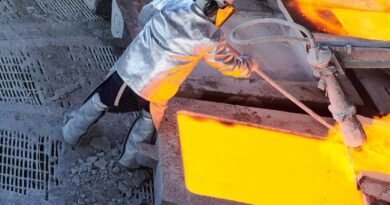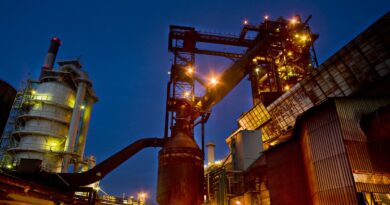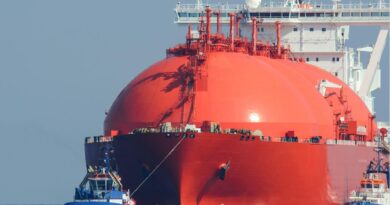Sibanye-Stillwater: US PGM and recycling operations
Sibanye-Stillwater has reported that its US PGM operations remained constrained by the Mine Safety and Health Administration (MSHA) section 103(k) order imposed after the fatal incident which occurred in June 2021, which was only lifted on 1 March 2022 (after 265 days). Despite the lifting of the MSHA order, production from the Stillwater West mine will remain restricted due to the current self-imposed rail operating procedures which will remain in place until collision avoidance systems have been implemented at the operations, at which point these procedures will be reviewed in consultation with MSHA.
The operational review to optimise operating output to ensure an appropriate sustainable return on capital from the US PGM operations is currently being undertaken considering: operating, inflation, supply chain and human resources constraints currently being experienced (e.g. increased reliance on contract labour due to a skills shortage in Montana), as well as the medium and longer term outlook for the palladium market.
The review is expected to be completed by mid-year. Since the acquisition of Stillwater, the world-class high-grade orebody has repaid its acquisition cost and further prudent allocation of capital is expected to continue to deliver superior returns over more than three decades of operating life.
Mined 2E PGM production from the US PGM operations of 122,389 2Eoz for Q1 2022 was negatively impacted by the constraints mentioned above. In addition, certain blocks at the East Boulder mine encountered poor ground conditions which are having a short term impact on both grade and productivity at this operation.
AISC of US$1,244/2Eoz (R18,940/2Eoz) for Q1 2022 was 11% higher than for Q4 2021 (US$1,120/2Eoz, R17,265/2Eoz), primarily due to lower grades and the operational challenges at the East Boulder mine and higher ore reserve development expenditure (ORD). ORD increased by 36% to US$42 million (R637 million) due to an increase in primary development quarter on quarter and a change in the accounting classification of growth capital expenditure resulted in sustaining capital increasing by 14% quarter on quarter to US$11 million (R166 million). AISC was also impacted by higher royalties, insurance and taxes which combined accounted for US$177/2Eoz in Q1 2022 compared to US$153/2Eoz for Q4 2021, a 16% increase.
Total capital expenditure for Q1 2022 declined by 8% to US$74 million (R1.1 billion) quarter on quarter with project capital declining by 47% to US$21 million (R319 million) due to the change in accounting classification of ORD.
US PGM RECYCLING OPERATIONS
The global autocatalyst recycling market remains constrained due to ongoing logistics, transport (port congestion and truck shortage) and fuel cost challenges, which affected receipt rates for our US PGM recycling operation during Q1 2022. Despite these constraints, the US PGM recycling operation delivered a solid operational and financial performance. The US PGM recycling operations fed an average of 23.7 tonnes per day (tpd) of spent autocatalyst material for Q1 2022, consistent with the 23.8 tpd fed for Q1 2021. During Q1 2022, recycling operations fed 190,871 3Eoz, marginally less than the 195,474 3Eoz fed in Q1 2021. PGM recycling ounces sold declined by 32% to 147,571 3Eoz with the average basket price received for Q1 2022 of US$3,061/3Eoz, 5% higher than for Q1 2021. The marginal pipeline build during the quarter, largely due to the timing of customer receipts, is expected to be released during Q2 2022.



